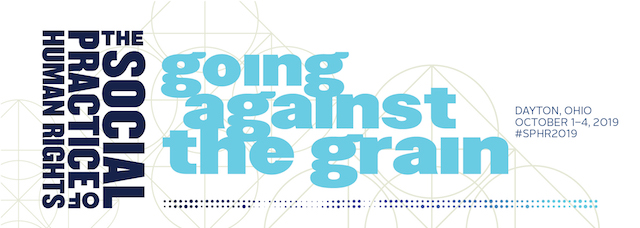Location
New Media and Imagery
Start Date
10-2-2019 11:30 AM
End Date
10-2-2019 1:00 PM
Keywords
consumption; sensational images; suffering; photography; humanitarian consumption
Abstract
The Nigeria-Biafra War (1967-70) is overwhelmingly represented by photographs of malnourished, sickly looking and often protein-deficient children, iconic and complex images that encapsulate the narrative of an impoverished black Africa in the western imagination. While these photographs reveal the grievous, inhuman atrocities that took place in Biafra, they have come to be negatively associated with the entirety of black Africa, as they tend to validate inaccurate ideas of homogeneity on the continent. Yet despite their homogenizing effect, Biafran leaders re-appropriated images of suffering for propaganda use, specifically to elicit a humanitarian response and thereby procure aid and resources from denizens of the west.
Author/Speaker Biographical Statement(s)
Chi-Chi Ayalogu is a first year doctoral student at Carleton University. Her research looks at the humanitarian reception to the images that came out of the Nigeria-Biafra war in an attempt to better understand the humanitarian industrial complex, western spectatorship, African subjectivity, and at large, the power dynamic between the west and black Africa. She argues that Biafra offers an example that contradicts the singularly flattened narrative of an Africa that waits to be acted upon by commodifying its suffering to manipulate western consumers.
Included in
Art Practice Commons, Photography Commons, Visual Studies Commons
Biafra and the Politics of Humanitarian Consumption
New Media and Imagery
The Nigeria-Biafra War (1967-70) is overwhelmingly represented by photographs of malnourished, sickly looking and often protein-deficient children, iconic and complex images that encapsulate the narrative of an impoverished black Africa in the western imagination. While these photographs reveal the grievous, inhuman atrocities that took place in Biafra, they have come to be negatively associated with the entirety of black Africa, as they tend to validate inaccurate ideas of homogeneity on the continent. Yet despite their homogenizing effect, Biafran leaders re-appropriated images of suffering for propaganda use, specifically to elicit a humanitarian response and thereby procure aid and resources from denizens of the west.



